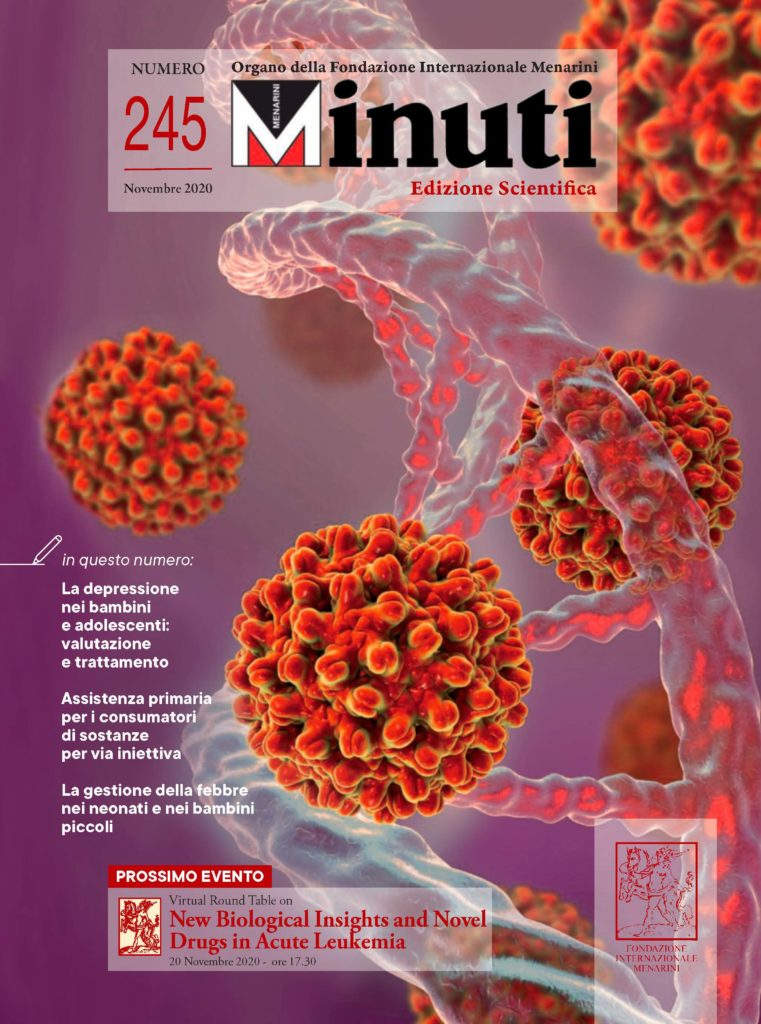
Acute Headache in Adults: A Diagnostic Approach
di Dr. Anthony J. Viera, Dr. Brian Antono • November 2023
A detailed history and physical examination can distinguish between key features of a benign primary headache and concerning symptoms that warrant further evaluation for a secondary headache. Most headaches that are diagnosed in the primary care setting are benign. Among primary headache disorders, tension-type headache is the most common, although a migraine headache is more debilitating and likely to present in the primary care setting. Signs such as predictable timing, sensitivity to smells or sounds, family history of migraine, recurrent sinus headache, or recurrent severe headaches with a normal neurologic examination could indicate migraine headache. Evaluating acute headaches using a systematic framework such as the SNNOOP10 mnemonic can help detect life-threatening secondary causes of headaches. Red flag signs or symptoms such as acute thunderclap headache, fever, meningeal irritation on physical examination, papilledema with focal neurologic signs, impaired consciousness, and concern for acute glaucoma warrant immediate evaluation. For emergent evaluations, noncontrast computed tomography of the head is recommended to exclude acute intracranial hemorrhage or mass effect. A lumbar puncture is also needed to rule out subarachnoid hemorrhage if the scan result is normal. For less urgent cases, magnetic resonance imaging of the brain is preferred for evaluating headaches with concerning features. Primary headache disorders without red flags or abnormal examination findings do not need neuroimaging.
(Am Fam Physician. 2022;106(3):260-268. Copyright © 2022 American Academy of Family Physicians.)
(Am Fam Physician. 2022;106(3):260-268. Copyright © 2022 American Academy of Family Physicians.)
Related Articles
Management of Late-Term and Postterm Pregnancy
di
Dr.ssa Breanna Gawrys, Dr.ssa Diana Trang, Dr.ssa Whay Cheng
September 2025
Highlights
di
Aaron Saguil, Matthew V. Fargo
∙
February 2021







